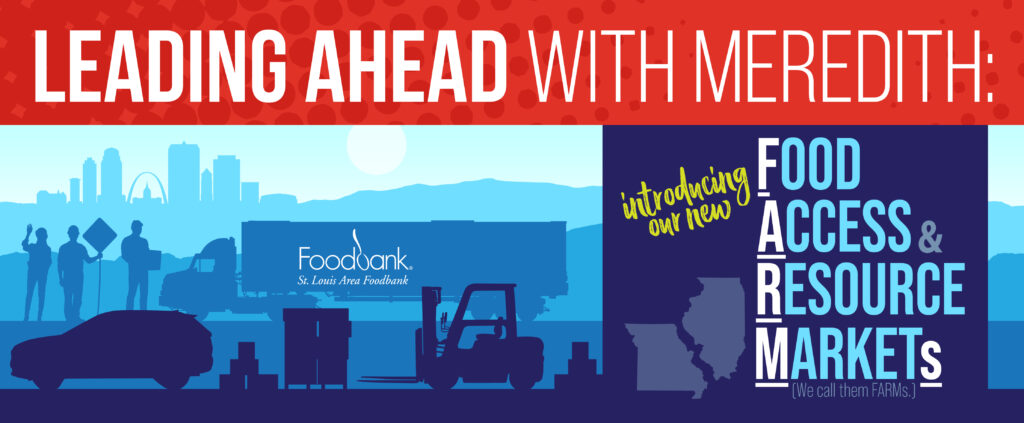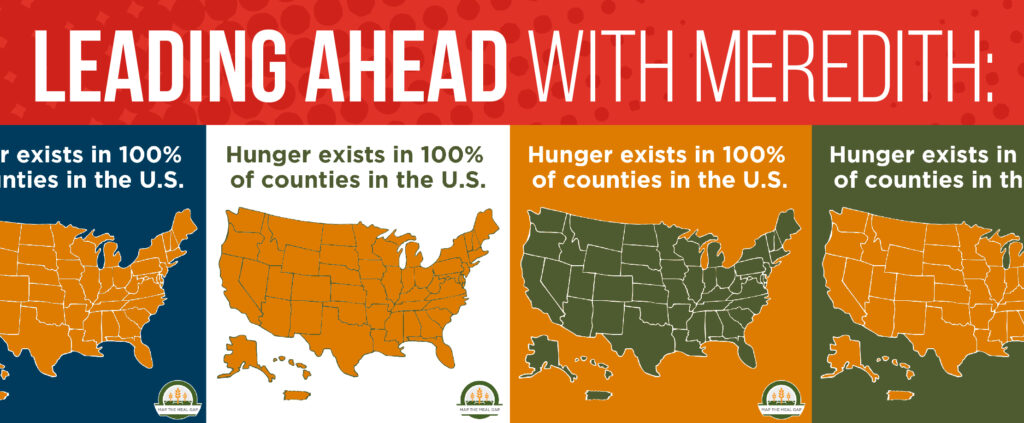The food stamp program, now known as the Supplemental Nutrition Assistance Program, or SNAP, helps put food on the table for more than 47 million low-income participants each month. When the number of families struggling to make ends meet increases, SNAP responds quickly and effectively to meet that need. The program serves as the nation’s first line of defense against hunger. If it is weakened, many millions of Americans will be harmed, including the elderly, people with disabilities, struggling parents (both working and unemployed), and children. The nation will see more hunger and food insecurity, worse health and educational outcomes.

The Senate passed a farm bill on June 10, 2013, cutting food stamps by $4 billion over a decade. The bill awaiting debate in the House calls for a $20 billion cut, the largest in a generation. Under this plan, some 2 million people would lose benefits. In addition to the farm bill SNAP cuts, the increase in SNAP benefits established by the American Reinvestment and Recovery Act (ARRA) will come to an end on November 1, 2013. Every SNAP recipient will be affected by these across-the-board reductions.
 The Center on Budget and Policy Priorities reports that SNAP benefits not only keep a lot of people from going hungry, but they also help families purchase more nutritious foods. Close to half of the recipients of SNAP benefits also happen to be children. According to new Map the Meal Gap data released by Feeding America this week, there are over 312,000 food insecure children in Missouri.
The Center on Budget and Policy Priorities reports that SNAP benefits not only keep a lot of people from going hungry, but they also help families purchase more nutritious foods. Close to half of the recipients of SNAP benefits also happen to be children. According to new Map the Meal Gap data released by Feeding America this week, there are over 312,000 food insecure children in Missouri.
From a policy perspective, there are many reasons to avoid making cuts to the program.
Nonprofit organizations cannot make up the difference in these proposed cuts. It is imperative to preserve and protect these vital programs. SNAP relieves pressure on overwhelmed food banks, pantries, religious congregations and other emergency food providers across the country who could not begin to meet the need for food assistance if SNAP eligibility or benefits were reduced.
Food stamps have a positive effect on the economy. Moody Analytics, in assessing the impact that food stamps have, estimates that for every dollar of food stamps spent, there is an increase of $1.73 in economic activity. Based on this report, the cuts to food stamps could actually weaken potential economic recovery.
Every time a family uses SNAP benefits to put healthy food on the table, many sources benefit. These sources include the store that sells the product, the employees of the store where the purchase was made, the truck driver who delivered the food to the store, the warehouses that store the food before it is delivered, the plant that processed the food, and the farmer who produced the food.
We need to protect and strengthen nutrition programs and policies that shield vulnerable, low-income Americans from hunger. In order to meet the goal of ending child hunger, obesity, and poverty it is important to support SNAP instead of limiting its ability to help struggling families afford healthy foods.
Please Tell Congress to Protect Anti-hunger Programs » »



